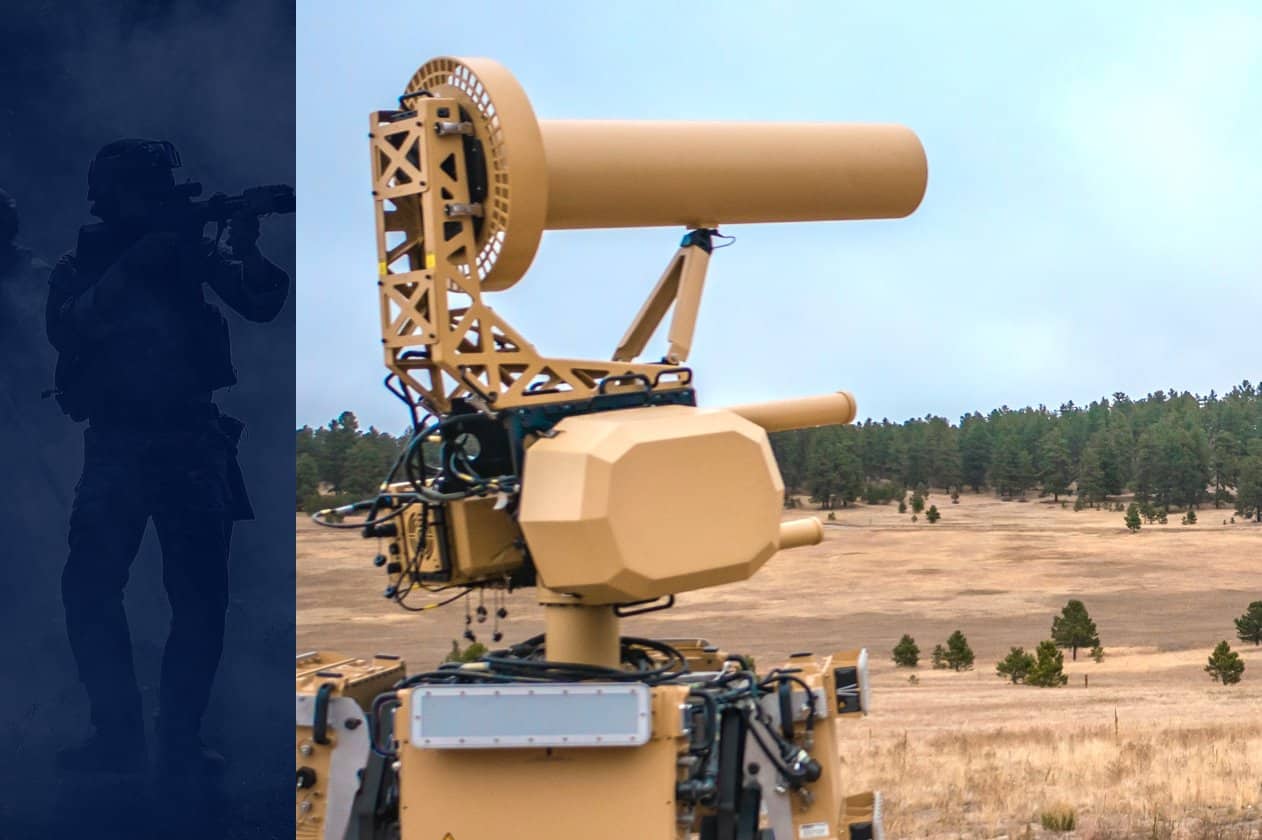The Initiative Aims to Improve Force Protection by Addressing Threats from Small Uncrewed Aerial Systems
The Pentagon’s Replicator program is shifting its focus to a pressing concern for modern warfare: countering small uncrewed aerial systems (C-sUAS). According to recent announcements from Department of Defense (DoD) leadership, the second phase of the Replicator initiative, known as Replicator 2, will tackle the growing threat posed by hostile drones. This move comes after several months of assessment to determine the next priority for the rapid fielding program, with plans to request funding in the fiscal 2026 budget.
Addressing a Growing Threat
In a memorandum released to senior Pentagon leaders, Defense Secretary Lloyd Austin emphasized that countering the threat posed by small drones is critical for protecting key U.S. military installations. “Replicator 2 will tackle the warfighter priority of countering the threat posed by small uncrewed aerial systems to our most critical installations and force concentrations,” Austin stated. He added that he expects “meaningfully improved C-sUAS protection to critical assets within 24 months of Congress approving funding.”
The decision to focus on C-sUAS follows a thorough review of operational needs and emerging threats. Recent conflicts, including those in Ukraine and the Middle East, have highlighted the increasing use of drones by hostile forces. According to a June 13 report from the Defense Intelligence Agency, 65 countries and 29 major energy and shipping companies have had to change their operations due to attacks involving drones, uncrewed surface vessels, and other weapons.
Building on Ongoing Efforts
Replicator 2 will leverage the work already underway in the DoD’s ongoing counter-drone programs. Led by the Defense Innovation Unit (DIU), the initiative will build upon existing technologies aimed at countering small drones, such as electronic warfare systems and kinetic weapons. These efforts are expected to speed up the deployment of C-sUAS solutions, allowing the U.S. military to field these capabilities faster and in larger numbers.
Austin emphasized that Replicator 2 will help address various challenges in this area, including “production capacity, technology innovation, authorities, policies, open system architecture and system integration, and force structure.” The initiative will involve close collaboration between DIU, the military services, and key leaders in the Pentagon, such as the Under Secretary of Defense for Acquisition and Sustainment, who serves as the department’s C-sUAS principal staff assistant.
The Road Ahead
While the focus of Replicator 2 is new, it follows the framework established by Replicator 1, which centered on delivering low-cost, attritable drones to the military. Deputy Defense Secretary Kathleen Hicks, who has championed the Replicator initiative, explained that the program’s goal is to create a faster, more flexible acquisition pathway for high-need capabilities. Replicator 1, for example, aims to provide thousands of drones by next summer, with a total of $1 billion allocated for fiscal years 2024 and 2025.
Replicator 2’s focus on C-sUAS is a response to the immediate operational demands faced by the U.S. military. As Hicks noted in an earlier interview with Defense News, “we need to protect against growing threats posed by enemy drones.” The Pentagon’s layered approach to defense against drones will ensure that a wide range of capabilities are developed and deployed, providing comprehensive protection to U.S. forces.
The Pentagon’s Replicator 2 initiative is poised to significantly enhance the U.S. military’s ability to counter the rising threat of small uncrewed aerial systems. With a clear plan to field improved C-sUAS capabilities within 24 months of receiving congressional approval, the initiative represents a major step forward in force protection efforts. By leveraging existing technologies and accelerating development timelines, the Replicator program aims to ensure the U.S. remains prepared to counter the evolving threat landscape.
Read more:
Miriam McNabb is the Editor-in-Chief of DRONELIFE and CEO of JobForDrones, a professional drone services marketplace, and a fascinated observer of the emerging drone industry and the regulatory environment for drones. Miriam has penned over 3,000 articles focused on the commercial drone space and is an international speaker and recognized figure in the industry. Miriam has a degree from the University of Chicago and over 20 years of experience in high tech sales and marketing for new technologies.
For drone industry consulting or writing, Email Miriam.
TWITTER:@spaldingbarker
Subscribe to DroneLife here.


